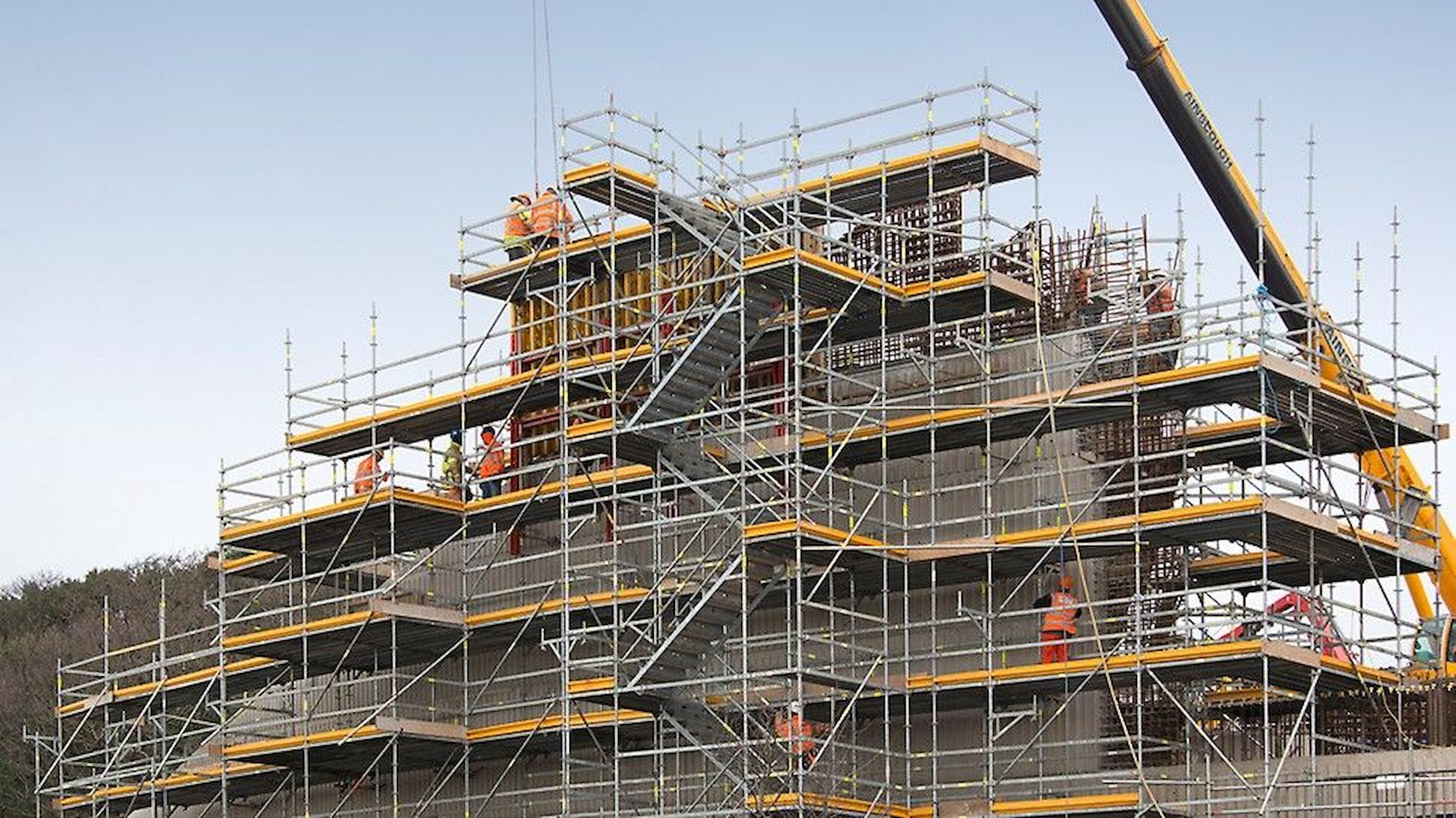Construction sites are inherently hazardous, with risks ranging from falls and equipment accidents to exposure to harmful substances. This makes implementing effective safety strategies crucial to protecting workers and ensuring the smooth completion of projects. Here are some key strategies to enhance safety and minimise risks on construction sites.
Provide comprehensive safety training.
Thorough safety training is fundamental to preventing accidents. Workers should learn how to use equipment safely, how to respond in an emergency, and how to identify potential hazards. Regular refresher courses should be provided to help keep safety knowledge current and reinforce best practices. Training should also be specific to the tasks and equipment used on-site.
Use scaffolding correctly
Scaffolding is essential for many construction projects, providing access to high areas and supporting workers and materials. However, scaffolding that’s misused or that isn’t constructed correctly can lead to severe accidents. Ensure that scaffolding is erected by trained professionals, following all safety guidelines and regulations. Using anchor scaffolding effectively can enhance stability and safety by fixing the scaffolding to the building or structure securely.
Establish clear safety procedures.
Establishing and enforcing clear safety procedures is vital for ensuring a safe construction site. This includes setting guidelines for personal protective equipment (PPE), safe work practices, and emergency procedures, making sure they are communicated clearly to all workers. Review and update safety procedures regularly to adapt to new risks and maintain a high standard of safety.
Perform regular equipment maintenance.
Poorly maintained construction equipment can lead to malfunctions, accidents, and injuries. This makes regular inspections, servicing, and repairs essential to ensure machinery and tools operate safely and effectively over time. Establish a maintenance schedule to allow you to identify and address potential issues before they become serious problems, making sure you keep detailed records of all maintenance work.
Ensure good site management.
Good site management helps to ensure a safe environment for workers. This involves organising the site layout to minimise hazards, ensuring safe access routes and maintaining clear communication. A well-managed site reduces the risk of accidents by preventing overcrowding, maintaining clear walkways, and ensuring that materials and equipment are stored safely. Designating a site safety manager can help oversee safety practices and ensure compliance with regulations.
Prioritising safety on construction sites not only protects the health and well-being of workers and helps to ensure the successful completion of projects, but it’s also a legal requirement. Implementing these strategies can allow you to create a safer working environment and significantly reduce the risk of accidents and injuries on-site.
To shop for high-quality scaffold anchors online, visit the Fischer website. Fischer is a leading supplier of tools and equipment for construction projects, providing reliable solutions to enhance site safety.




